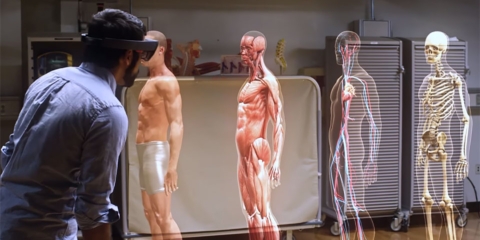Would you like to get notifications from Christian?
Wat is er gebeurd?
Extreem dunne zonnecellen fabriceren met behulp van duurzame materialen en een 3D-printer die tot op de nanometer nauwkeurig is: dat is de focus van het onderzoek dat momenteel wordt uitgevoerd door Prof. Dr. Julien Bachmann, leerstoel 'Chemie van Dunne Filmmaterialen' aan de FAU. Hij heeft nu een ERC Proof of Concept-subsidie voor zijn project ontvangen. ERC Proof of Concept-subsidies worden toegekend aan onderzoekers die reeds een ERC-subsidie hebben ontvangen en nu in het stadium verkeren waarin zij de potentiële economische of sociale voordelen van hun bevindingen in de praktijk kunnen onderzoeken. In zijn eerdere onderzoek kon professor Bachmann aantonen welke invloed de oppervlaktestructuur van halfgeleiders heeft op het rendement van zonnecellen op het kleinste niveau. Met een 3D-printer met hoge resolutie die tot op 0,000001 millimeter nauwkeurig is, hoopt hij nu systematisch te kunnen testen welke oppervlaktestructuur de halfgeleider het meest efficiënt maakt. Dit optimalisatieproces is noodzakelijk om duurzame materialen te kunnen gebruiken op het gebied van hernieuwbare energiebronnen.
Lees het oorspronkelijke artikel hier: https://bit.ly/3gPSO7x
Waarom is dit belangrijk?
Het is een groot jaar geweest voor zonne-energie. Californië heeft zonnepanelen op alle nieuwe huizen verplicht gesteld en de prijzen van zonnecellen blijven kelderen. Maar zelfs met deze vooruitgang zijn er nog steeds uitdagingen om zonne-energie in de mainstream te brengen. Een van de grootste obstakels is de fabricage: het is duur en tijdrovend om traditionele zonnecellen te produceren met behulp van hoge-temperatuurprocédés. Maar wat als we ze konden afdrukken? Onderzoekers hebben een manier ontwikkeld om zonnecellen te printen met behulp van 3D-printen met ultrahoge resolutie, waarmee de weg wordt vrijgemaakt voor goedkope massaproductie van zonne-energietechnologie. Als we in staat zijn goedkope zonnepanelen met een hoog rendement te produceren zonder dat daarvoor een dure zonnepaneelfabriek nodig is, zou dat een enorme doorbraak kunnen betekenen in de opbouw van een meer regeneratieve samenleving.
Christian is a futurist and trendwatcher who speaks about the impact of exponential technologies like AI on organizations, people, and talents. Christian tailors his presentations to your audience's specific industries and needs.
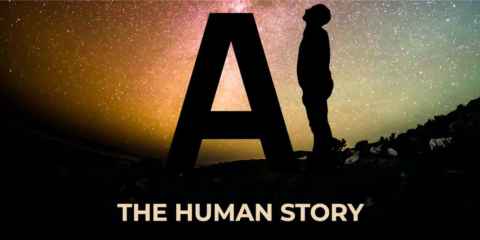
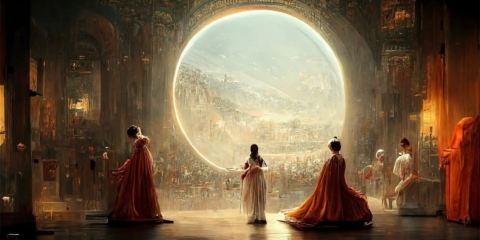
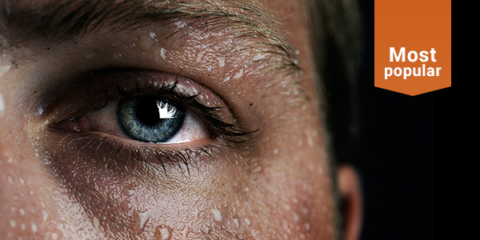
Our world is changing at an exponential rate! A big tidal wave of digital transformation and disruption is coming at us fast. Many organizations see this wave as a threat and experience stress, but there are also organizations that just see this wave as an opportunity.

Imagine sitting with just 10-15 fellow executives at a premier location, gaining clarity on the impact of AI on your industry while enjoying an exquisite dining experience. These are not just meetings—they are transformative moments that will shape the future of your organization
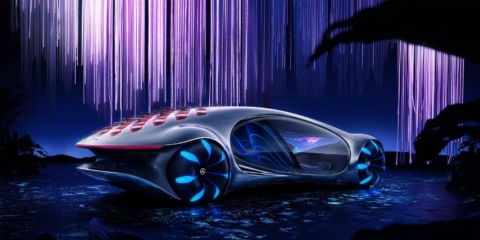

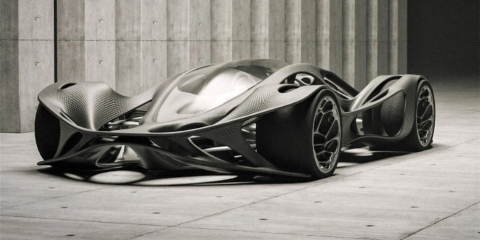
In the future, 3D printing and generative design will allow for products to be designed in a more decentralized manner, and production will take place closer to the customer and fully on-demand. 3D printing technology will also allow for more customization and personalization of products.


The agricultural industry is ripe for disruption. Robotics, AI, and IoT are all technologies that have the potential to radically transform the way we grow food. In combination with vertical farming, these technologies could increase the efficiency and quality of agricultural products.
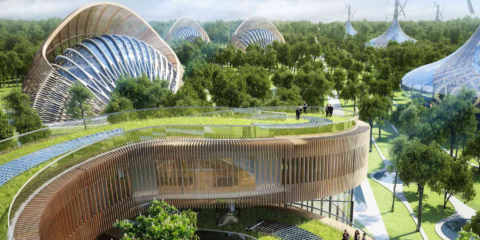
A human-centered society is one that puts people first and where technology is used to unite and empower people. It is a society that values biological life and dignity above all else. It is a society that recognizes the importance of human relationships and works to strengthen them. In a human-centered society, all members of the community are valued and treated with respect.
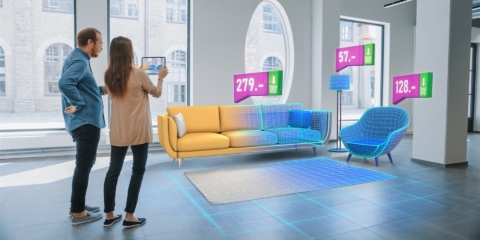
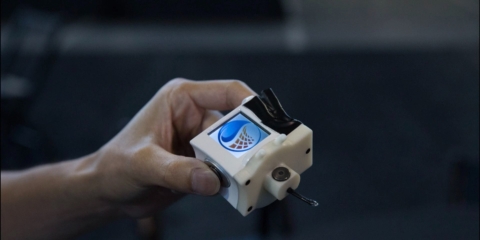
The future of healthcare is here. New technologies like AI, IoT, big data, and smart sensors make it possible to become the CEO of your own health. Imagine that your phone can listen to your voice and AI algorithms can detect small nuances in the tone of your voice that indicate specific diseases.
